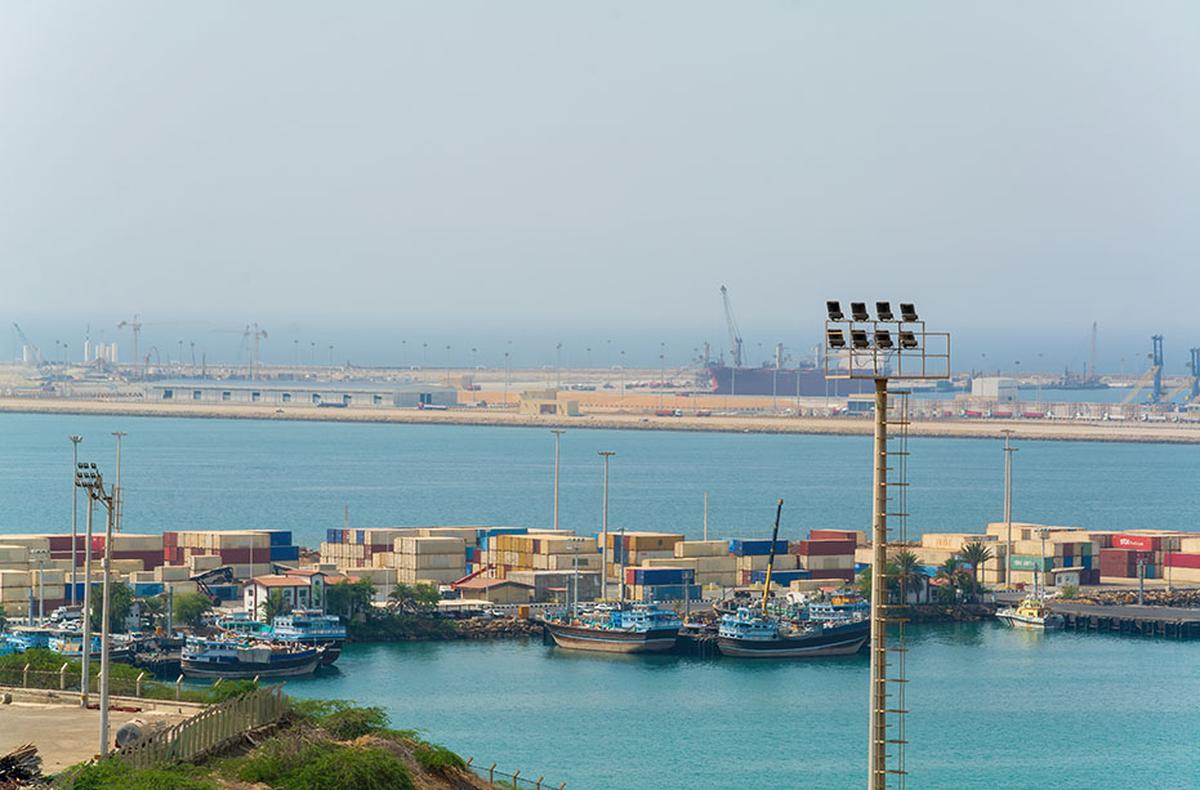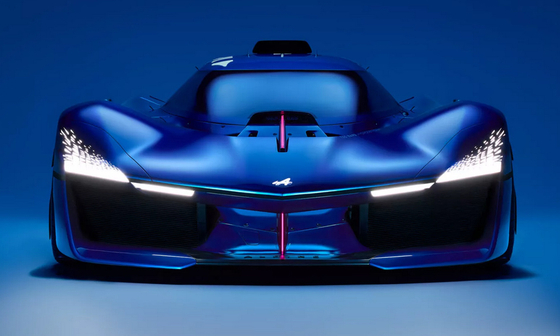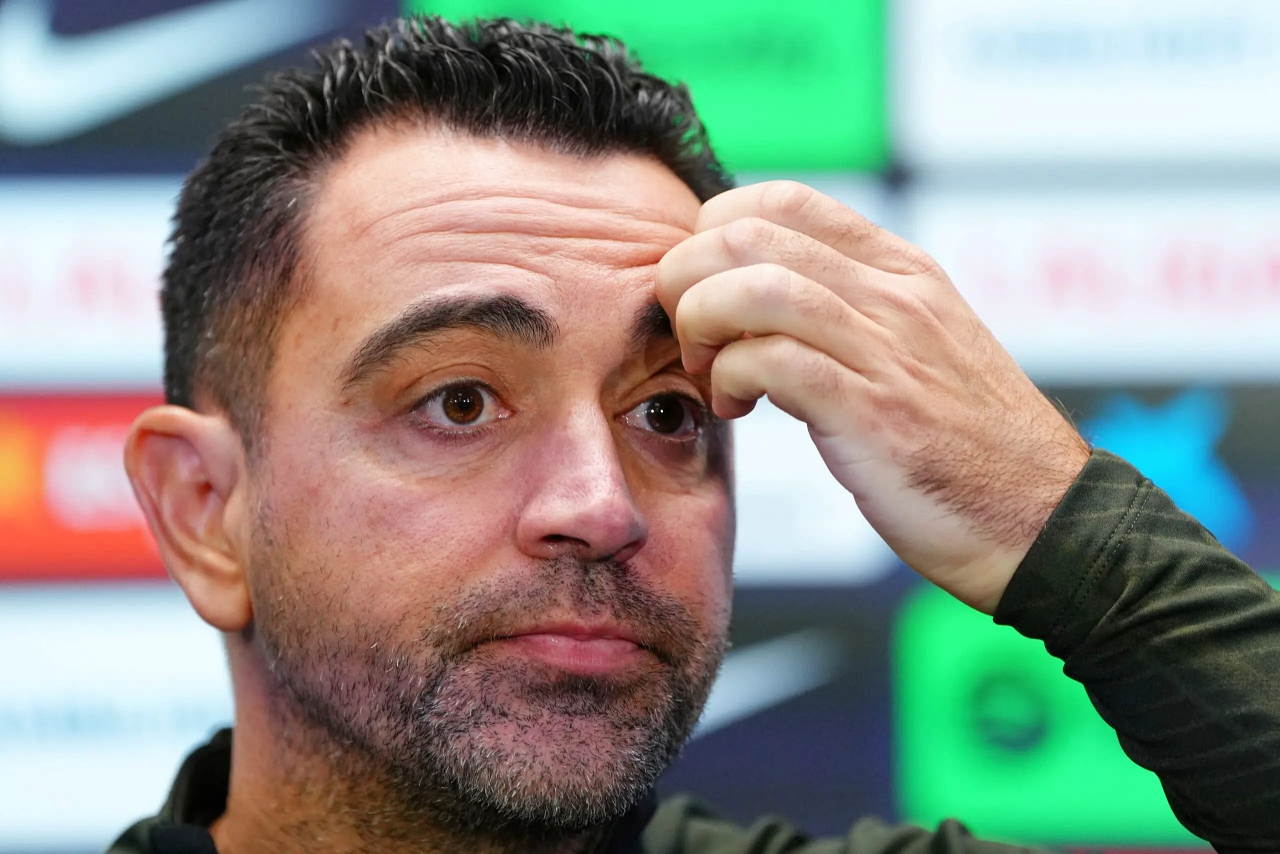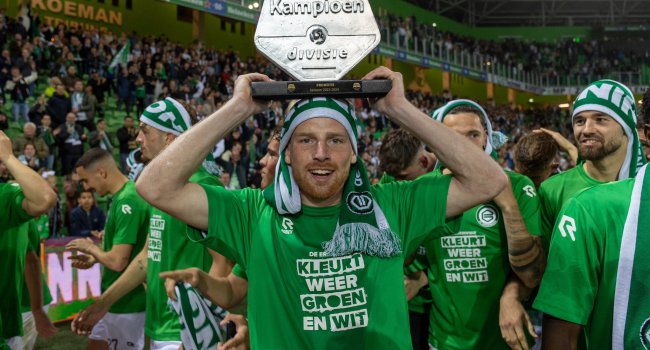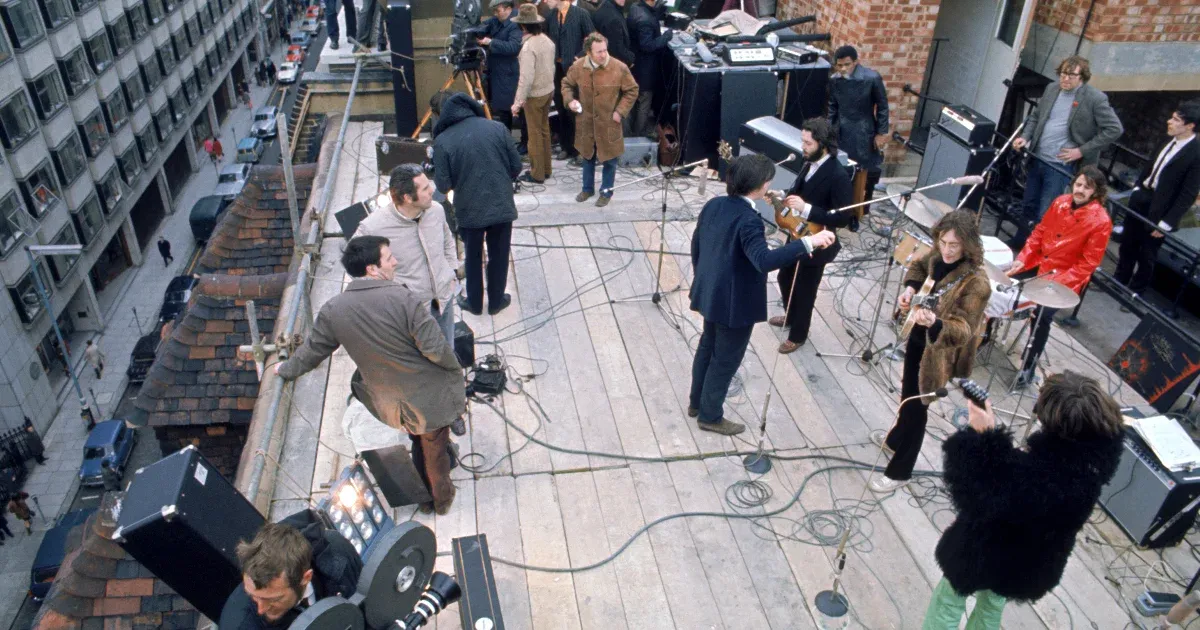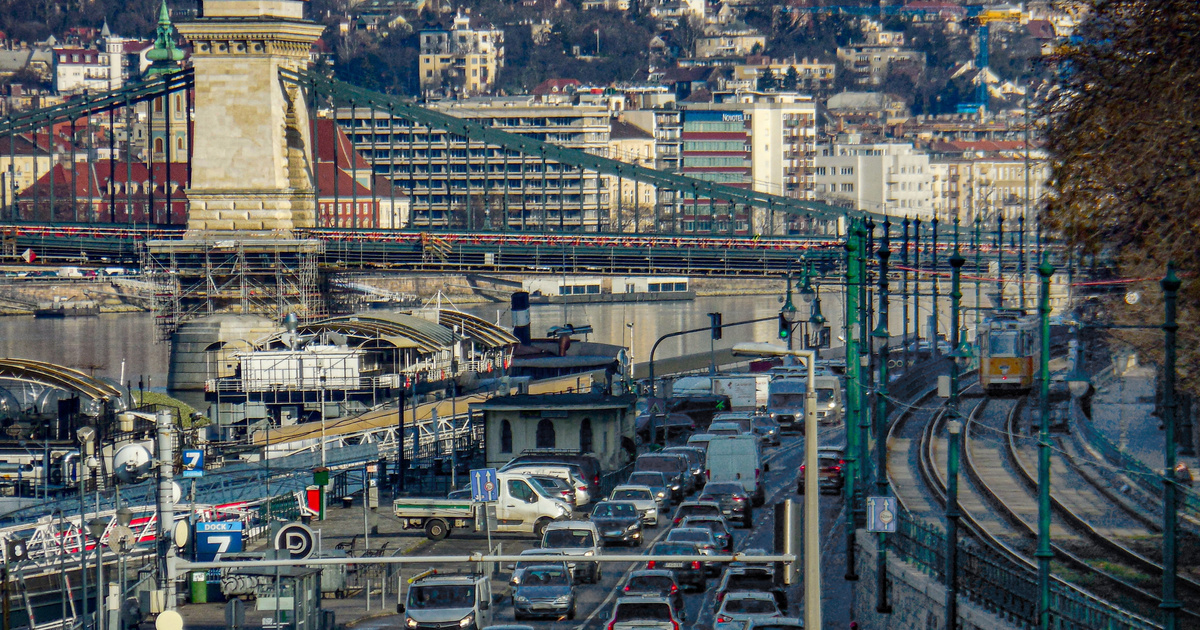“Vehicles are responsible for one of the largest emissions of pollutants these days, but urban intersections are 29 times more polluted than open roads,” Yossi Matias told our newspaper, adding that reducing this would be of great benefit to both people and the planet. . The Vice President of Engineering and Research at Google revealed that the Green Light Project was launched in the name of combating environmental pollution.
With the help of artificial intelligence and Google Maps, it maps typical driving directions of cities, models individual traffic patterns, and based on them makes recommendations to improve existing traffic light settings.
– The search engine company’s expert explained to our newspaper. Plans created in this way can be easily and cost-effectively put into practice and infrastructure developed in affected cities. By improving not just a single intersection, but the coordination of adjacent intersections and lanes, they can create green waves that improve urban traffic flow and reduce emissions from stop-and-go traffic.
Technology can not only help in identifying the problem, but also in its solution and practical application. We are not satisfied with theoretical solutions only
Yossi Matias told Index, noting that the idea for the project came during a conversation between an engineer and his wife. “When we analyzed the potential impact, we realized that a significant portion of CO2 emissions comes from urban traffic, especially at intersections.”
The system is already working in Budapest
Project Green Light is now available in 12 cities on four continents – including Rio de Janeiro, Budapest, Manchester, Seattle, Bengaluru and Bali. According to Google’s plans, the service will be offered in additional cities in 2024. According to the first results of running projects, traffic optimization based on artificial intelligence has already reduced stop-and-go traffic by 30 percent, affecting nearly 30 million. car.
The project has already shown significant results. “We have already introduced the technology in several cities. It was one of the first cities of this kind in Israel, where our engineers worked directly with settlement engineers,” said Matthias. The technology applied can reduce carbon dioxide emissions at intersections by up to 10 percent.”
This technology is already being used at three intersections in Budapest, and initial results have been encouraging.
“The implementation is simple, and there is no need for complex sensors or devices. The expert explained that city engineers only have to change the timing of the lights once. When asked, he revealed which of the three intersections in Budapest:
- Get to the country – Come to the country
- Heroes Square
- Route 6 – M0
Matthias is optimistic about the future potential of the project. “The current 10 percent reduction is just the beginning. As we develop our models, we hope to achieve even better results.”
The specialist was surprised that the introduction of technology also led to a reduction in the number of drivers running through red lights.
“Maybe drivers are frustrated by harassment, and that’s why they drive through a red light,” believes the expert, who believes that this is exactly why Google’s initiative can reduce road rage.
Reducing traffic and traffic congestion in urban areas is not only important for environmental protection, but also for traffic safety. “We are not necessarily seeking to improve urban traffic, but rather to help fight climate change by reducing carbon dioxide emissions,” he said.
Traffic is rewritten using artificial intelligence
Mathias explained how the system works in simple terms: “First of all, we need to understand the traffic at the intersection. To do this, we use models that can determine the best times to reduce carbon emissions. With the help of artificial intelligence, they analyze this data and look for truly effective solutions.” While implementing the project, they faced many challenges. “The diversity of variables was the biggest challenge,” the specialist said.
When asked how Google would benefit financially from the project, Matthias answered
This project is not for profit. Google has always been committed to sustainability and environmental protection.
The specialist said that for years they have been among the first to commit to carbon neutrality and aim to achieve net zero emissions by 2030. When we asked whether Google’s technology will sooner or later be able to completely eliminate road theft, the specialist answered that this approach is not appropriate.
According to Matthias, it would be better not to drive a car, but to ride a bicycle or choose public transportation.
At the end of the interview, the Google specialist concluded the conversation on an optimistic note: “I hope that the green light will not only contribute to reducing carbon dioxide emissions, but I also hope that it will stimulate and inspire new ideas to deal with the climate crisis.” “.
Google’s Green Light Project is a promising step towards a more sustainable future. By combining technology and innovation, the company not only protects the environment but also improves the quality of urban life. The success of the project shows that technology can truly bring about positive changes in the world.
(Cover photo: Traffic peak at Jin Haining Wharf on March 10, 2023. Photo: László Róka / MTI)









